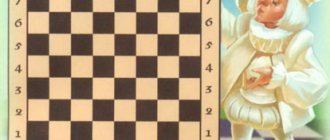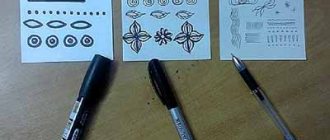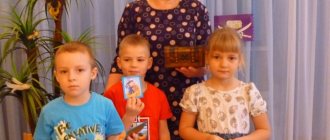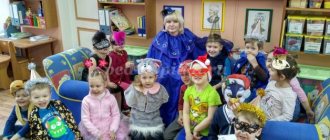Fairytale therapy in preschool educational institutions - Forms and methods
- fiction;
- conversation;
- a game;
- folklore;
- inventing fairy tales;
- visual activity;
- problematic situations;
- psychological games;
- relaxation exercises;
- creative tasks;
- emotion training;
- modeling and playing out situations;
- moments of reflection;
- psycho-gymnastics;
- retelling a fairy tale according to a basic scheme;
- TRIZ;
- mixing up fairy tale plots and heroes;
- introduction of a new hero into a fairy tale;
- change of place, time, event;
- composing a fairy tale in a circle;
- staging.
The relationship between fairy tale and other therapies and its functions
Fairytale therapy is closely related to Art Therapy, Game Therapy, Gestalt Therapy, Psychosynthesis, Body-Oriented Therapy, Jungian Sand Psychotherapy, Psychoanalysis and TRIZ.
Fairytale therapy in preschool educational institutions is associated with the implementation of three functions: diagnostic, therapeutic and prognostic.
Diagnostic function
The diagnostic function of a fairy tale helps to determine the main scenarios and strategies used by the child when building a model of his behavior in a given situation. This is manifested in how a child chooses a few favorite ones from many fairy tales.
Thus, he seems to choose a certain life model for himself. Analysis of fairy tales that interest a child will help an adult identify the child’s abilities and talents, character traits and individual perception of the surrounding reality.
The image of a fox played out by a child speaks of the presence of a flexible mind, cunning and the ability to use one’s charm; addiction to pirate games and images of robbers shows a tendency to fights and aggression.
Therapeutic function of fairy tales
The therapeutic function of a fairy tale is that it helps the child form an image of himself in the future, build a model of behavior to achieve the desired future, taking an active position and realizing his own responsibility.
Prognostic function
The prognostic function of a fairy tale is that it helps to understand the influence of “today’s” behavior on the “tomorrow” state of human life.
Fairytale therapy in preschool educational institutions is perhaps the most children's method of psychology, and one of the most ancient.
After all, even our ancestors, when raising children, were in no hurry to punish the guilty child, but told him a fairy tale, from which the meaning of the act became clear.
Fairy tales served as a moral and ethical law, protected children from misfortunes, and taught them about life. Knowing how a fairy tale influences a person’s life, you can help your child in a lot of ways.
Fairy tales can be divided into didactic or educational fairy tales, psychocorrective fairy tales, and meditative fairy tales.
Fairytale therapy in preschool educational institutions - working with folk tales
The only important condition is that the child must know the original version of the folk tale. Then you can experiment. But the child must know that this is an experiment, so that the very essence of the fairy tale is not distorted.
You can try to visualize your favorite characters. For example, parents often use already known images for educational purposes. For example, Santa Claus is exploited to get good behavior from a child.
But you can create your own image with your own story. You can draw him, sculpt him, make a doll, and this character will be an assistant in your upbringing, he can participate in the child’s life, help him do his homework. And turn parenting into an interesting game.
Fairy tale characters
Any characters in fairy tales - good fairies, evil sorceresses, dragons, witches and dwarfs - are archetypal images represented at deep levels of the psyche.
Whether we are aware of this or not does not matter, since they still affect us, being psychological realities. Events in fairy tales do not reflect some abstraction, but the current mental reality of life.
Based on the foregoing, it can be assumed that any fairy tale is a relatively closed system, expressing a certain essential psychological meaning contained in a series of successive symbolic pictures and events, through which it can be revealed.
Bad motives of fairy tales
Today, children very often come across such motifs in fairy tales - everyone was killed, there are vampires all around, there is blood everywhere. They seem to get fixated on the images they saw on TV and transfer them into their stories and fairy tales. In this case, parents need to intervene, replay the plot, and offer a new version of the development of events. But again, this should be done in the form of a proposal, not an authoritative statement.
— How to tell fairy tales in a non-banal way?
— You can take a fairy tale well known to your child and make a game out of it. You can tell it in a new way, change all the characters. With the help of a fairy tale, it is easier to teach a child to count and compare.





